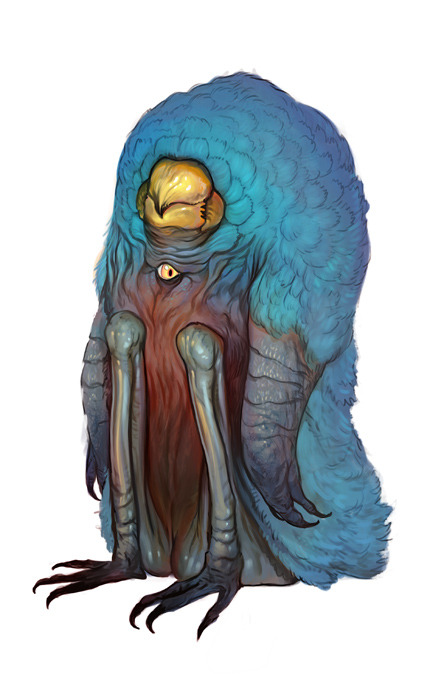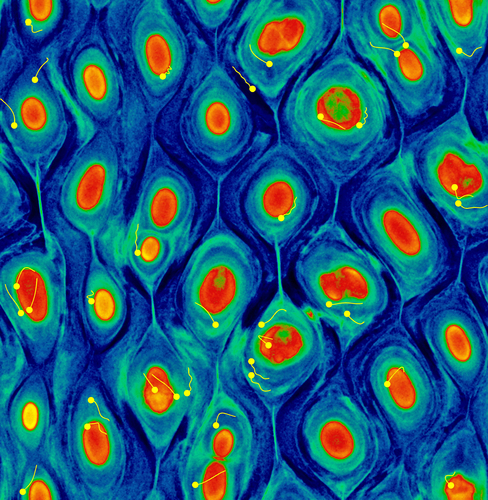 Taking "near space" images (left) seems to be the latest fad in hard core science projects. This guy managed to capture the trip of a camera into the stratosphere for $148. This director was inspired by his 7 year old to make a movie of their experiment that has been viewed over 40,000 on YouTube. And this class sent a potato up in their "Spudnik 2" craft.
Taking "near space" images (left) seems to be the latest fad in hard core science projects. This guy managed to capture the trip of a camera into the stratosphere for $148. This director was inspired by his 7 year old to make a movie of their experiment that has been viewed over 40,000 on YouTube. And this class sent a potato up in their "Spudnik 2" craft.This project isn't for the faint of heart - it requires FAA approval to be sure your balloon won't cross any flight paths. But the equipment (helium, balloon, a camera, a GRP and insulation) is all pretty easy to find and you get amazing images out of it. Although all of these projects seem to be just asking just "will this work?" there are a lot of interesting questions to ask about the atmosphere, like "How do to the temperature and pressure change as you go up?" or "How fast does the camera fall after the balloon pops?"









